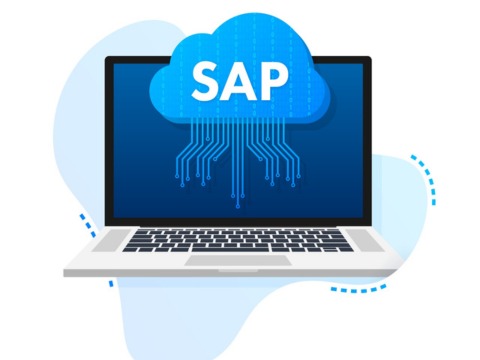SAP HANA: Exploring the Advantages and Competencies of SAP HANA and its In-Memory Database Platform


In the present speedy business climate, associations are continually looking for ways of upgrading their tasks and gain an upper hand. SAP HANA, an in-memory database platform developed by SAP, is one technology that has revolutionized the way businesses manage their data. In this blog entry, we will investigate the benefits and capabilities of SAP HANA and its effect on business activities.
Advantages of SAP HANA:
One of the important benefits of SAP HANA is its capacity to process and dissect enormous volumes of information continuously. Conventional data sets depend on disk-based capacity, which can be slow with regard to recovering and handling information. With SAP HANA's in-memory processing abilities, organizations can rapidly get to and examine data, empowering quicker navigation and working on operational efficiency.
SAP HANA's in-memory architecture enables faster data processing and query execution. SAP HANA eliminates the need for time-consuming disk I/O operations by storing data in memory rather than on disk, resulting in significantly improved performance. This high-performance capability is especially advantageous for businesses dealing with complex data models and requiring real-time insights.
SAP HANA enables businesses to perform complex calculations, predictive analytics, and machine learning tasks directly on their data. This enables businesses to gain valuable insights, identify patterns, and make data-driven decisions that drive business growth.
SAP HANA integrates seamlessly with a wide range of data sources, including structured and unstructured data. Businesses can use this to consolidate data from multiple systems into a single platform, eliminating data silos and providing a unified view of their operations. Organizations can gain a holistic understanding of their business and make informed decisions based on accurate and up-to-date data with improved data integration.
Organizations can leverage SAP ERP to streamline sales processes, manage customer data, track leads and opportunities, and enhance customer relationship management.
SAP HANA is built to scale horizontally, allowing businesses to handle growing amounts of data as their operations expand. This scalability ensures that businesses can continue to benefit from SAP HANA's capabilities without sacrificing performance or incurring significant infrastructure costs.
Competencies of SAP HANA
The core competency of SAP HANA is its in-memory computing technology. SAP HANA can deliver real-time insights and enable faster data processing by storing data in memory, giving businesses a competitive advantage in today's data-driven world.
SAP HANA excels at efficiently managing large volumes of structured and unstructured data. Its columnar storage and compression techniques improve data storage and retrieval while lowering storage costs and increasing performance.
SAP HANA excels at efficiently managing large volumes of structured and unstructured data. Its columnar storage and compression techniques improve data storage and retrieval while lowering storage costs and increasing performance.
SAP HANA integrates seamlessly with various SAP and non-SAP systems, allowing businesses to consolidate data from multiple sources into a single platform. Organizations can use this competency to break down data silos, improve data quality, and gain a comprehensive view of their operations.
SAP HANA provides a solid foundation for building custom applications that take advantage of its in-memory computing capabilities. This competency enables businesses to create innovative solutions tailored to their specific requirements, thereby increasing operational efficiency and competitiveness.


Impact on Business Operations
The adoption of SAP HANA has had a significant impact on business operations across various industries. Some key impacts include:
Businesses can make informed decisions faster with real-time analytics and faster data processing capabilities. This agility enables businesses to react quickly to market changes, customer demands, and emerging opportunities.
The high-performance computing capabilities of SAP HANA enable businesses to streamline operations and eliminate bottlenecks. Organizations can identify process inefficiencies, optimize workflows, and boost overall productivity by analyzing large amounts of data in real time.
Businesses can gain deeper insights into customer behavior, preferences, and needs by leveraging SAP HANA's advanced analytics capabilities. Organizations can use this knowledge to personalize their offerings, deliver targeted marketing campaigns, and provide superior customer experiences.
The ability of SAP HANA to consolidate data from disparate systems into a single platform lowers infrastructure costs associated with maintaining multiple databases. Furthermore, SAP HANA's improved operational efficiency and faster decision-making capabilities can lead to cost savings across multiple business functions.
In conclusion, SAP HANA is a powerful in-memory database platform that offers numerous advantages and competencies for businesses. Its real-time analytics capabilities, high performance, advanced analytics features, seamless data integration, and scalability make it a valuable tool for optimizing business operations. The adoption of SAP HANA has resulted in faster decision-making, improved operational efficiency, enhanced customer experiences, and cost savings for organizations across industries. With its continuous evolution and innovation, SAP HANA is poised to play a crucial role in shaping the future of business intelligence and data management.
"When you start with a dream and work with passion, success is inevitable."
Ratan Tata